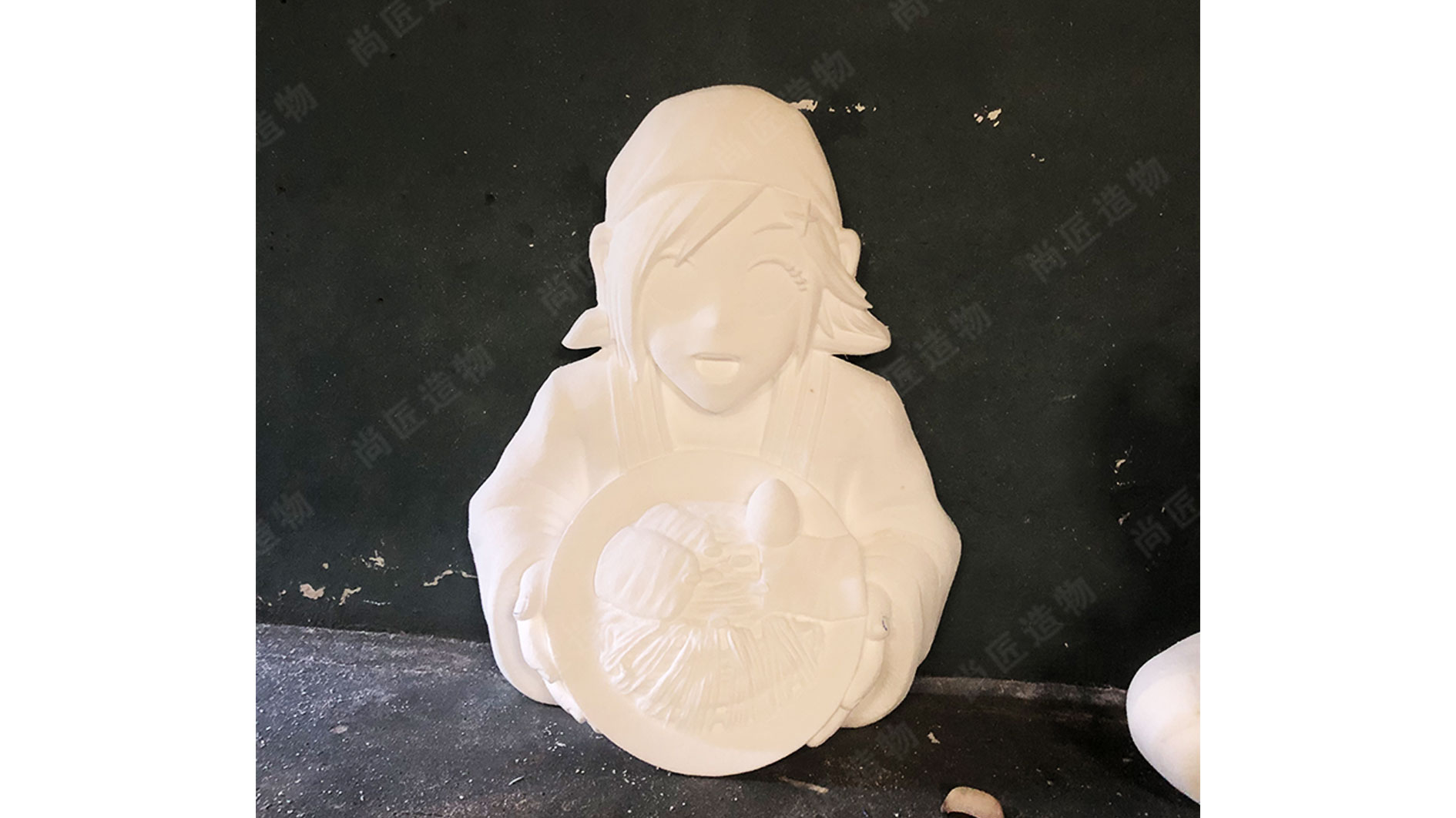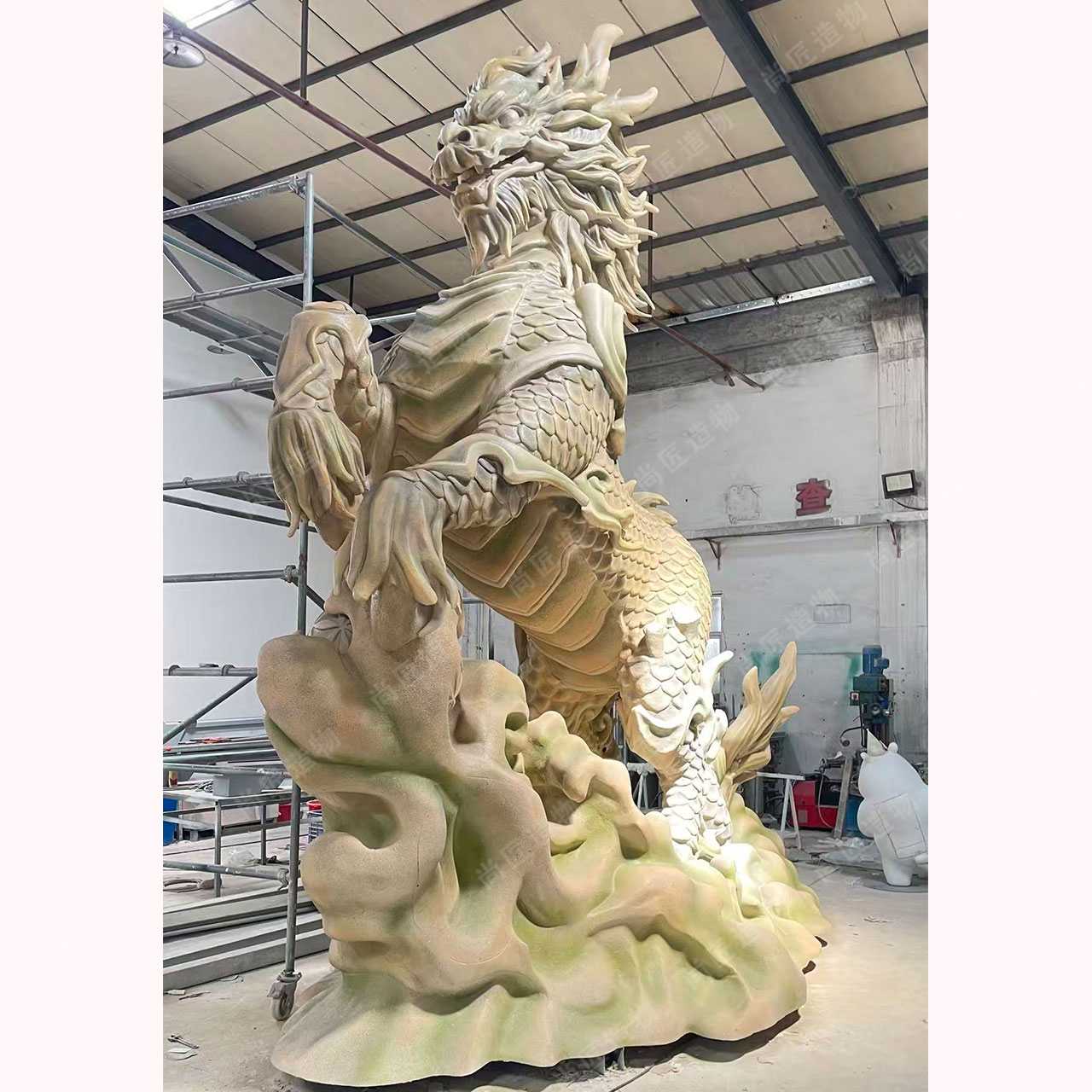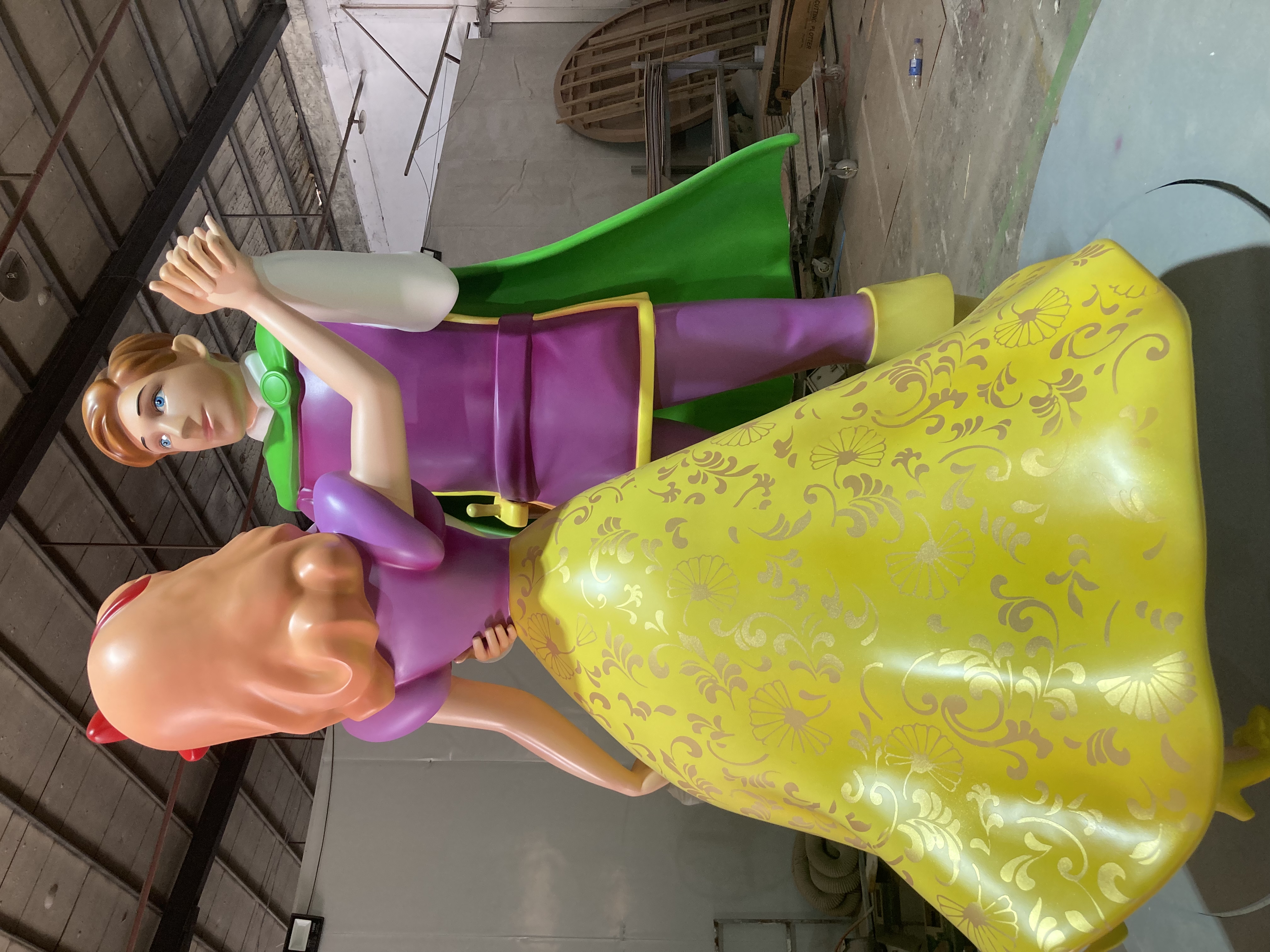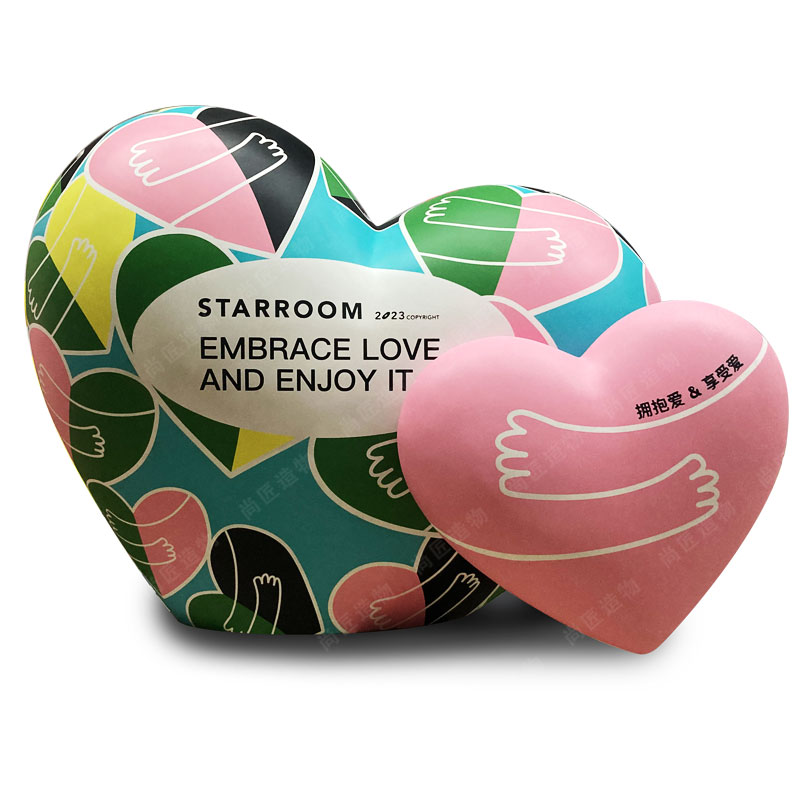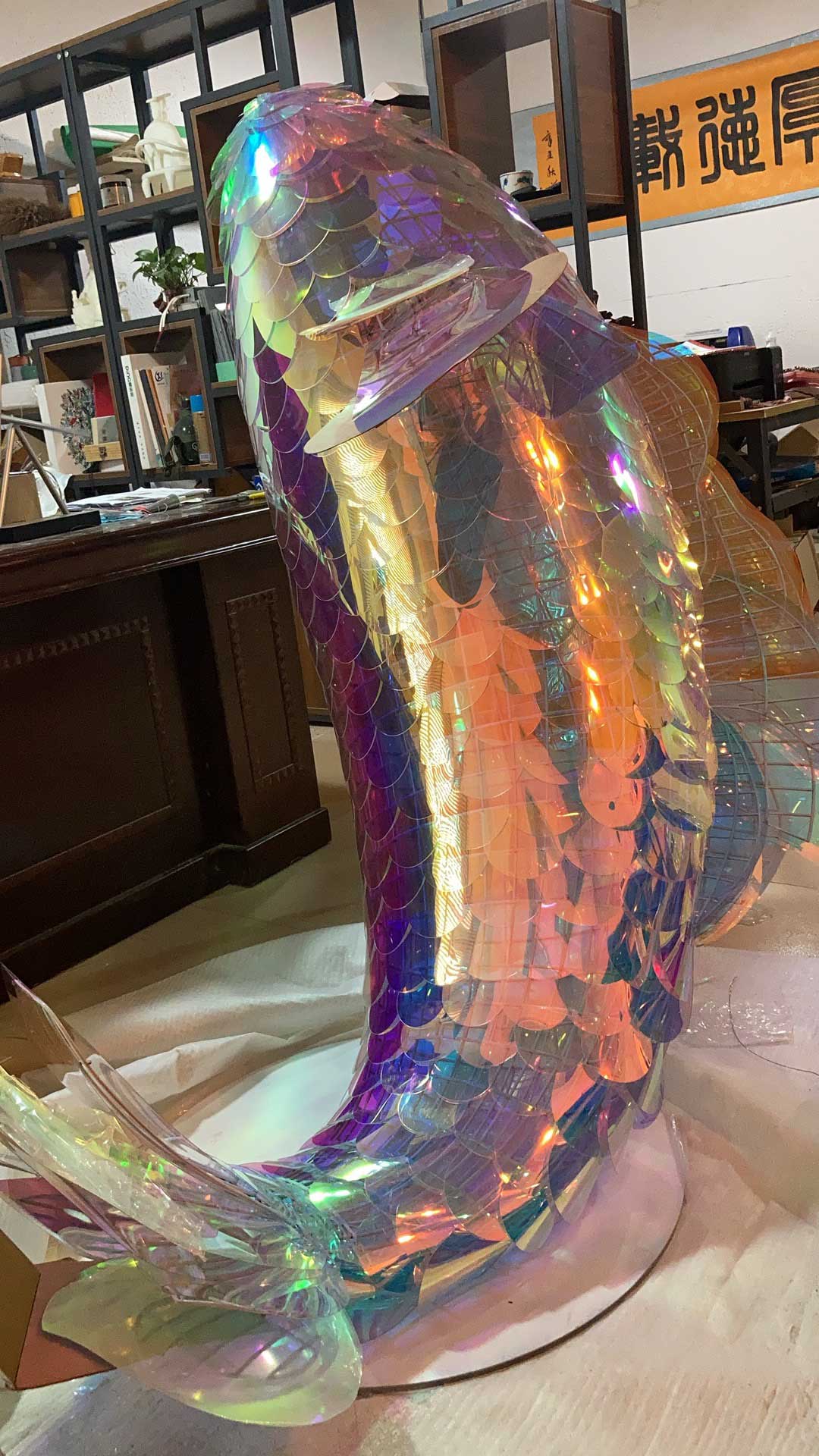Key Takeaways
Merchandise-inspired public art transforms everyday commercial objects into vehicles for cultural storytelling, reshaping how communities interact with urban environments. By reimagining retail designs—such as packaging, logos, or product shapes—artists create installations that reflect shared histories and local values. This approach bridges commerce and creativity, turning shopping districts and public squares into spaces where brand familiarity meets artistic innovation. For example, Realistic sculpture techniques might reinterpret a globally recognized product as a monument to regional craftsmanship. Such works invite viewers to reconsider the role of consumer goods beyond their utilitarian purpose, fostering dialogue about identity, sustainability, and collective memory. Importantly, these projects prioritize accessibility, using universally recognizable motifs to engage diverse audiences without relying on specialized art knowledge. As cities seek to balance economic vibrancy with cultural depth, merchandise-inspired art offers a model for integrating commercial aesthetics into meaningful civic narratives.
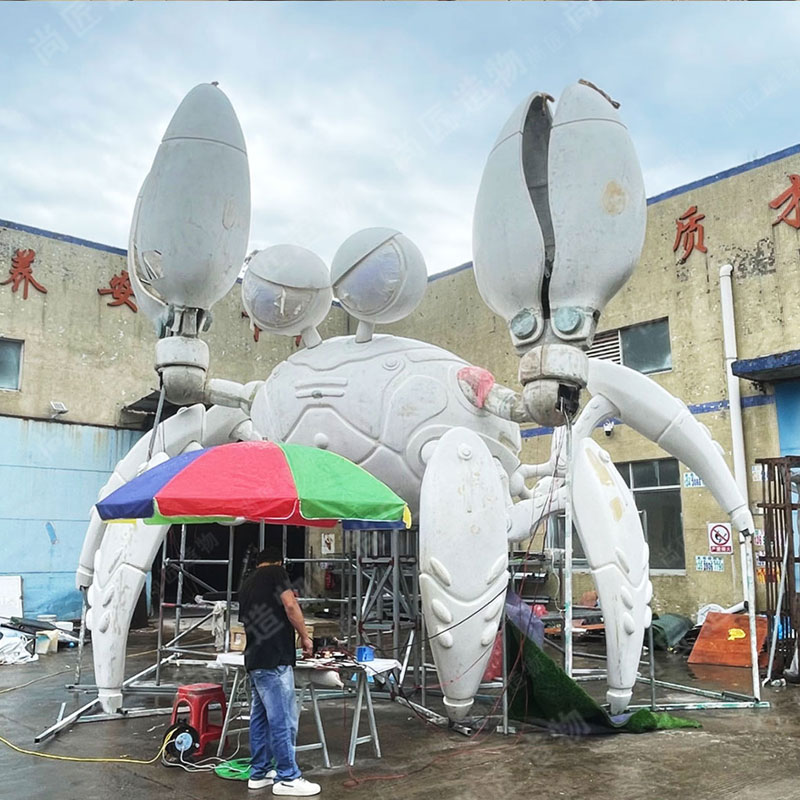
Merchandise-Inspired Public Art Redefining Urban Spaces
Urban landscapes worldwide are witnessing a transformative shift as everyday commercial objects evolve into thought-provoking public art. By recontextualizing familiar retail items—from oversized coffee cups to stylized shopping carts—artists create installations that challenge perceptions of consumer culture while enhancing civic identity. These works often draw inspiration from mass-produced goods, blending playful aesthetics with deeper social commentary. For example, [Cartoon sculpture] (https://en.artmovr.com/) installations inject whimsy into concrete plazas, turning mundane objects into cultural landmarks that spark public interaction. Such projects not only democratize art by placing it in accessible settings but also reframe commercial symbolism as tools for communal storytelling. Cities like Melbourne and Seoul have embraced this trend, using retail-inspired murals and sculptures to revitalize underused spaces while fostering dialogue about consumption and belonging. As urban planners increasingly collaborate with artists, merchandise-inspired works demonstrate how creativity can reinterpret commercial DNA into shared visual narratives, bridging gaps between private enterprise and public memory. This approach underscores art’s role in reshaping environments while maintaining ties to the cultural rhythms of daily life.
From Products to Cultural Narratives in Public Art
Public art inspired by commercial merchandise redefines how communities engage with everyday objects, elevating them from functional items to vehicles of cultural storytelling. By repurposing familiar retail designs—like logos, packaging, or product silhouettes—artists create installations that resonate with shared experiences. For example, oversized replicas of household goods in urban spaces often spark conversations about consumerism, nostalgia, or local heritage. A fiberglass sculpture mimicking a vintage soda bottle might symbolize a neighborhood’s industrial past, while a mosaic of fragmented brand icons could critique modern materialism.
“Public art transforms the ordinary into a mirror of collective memory,” notes urban curator Lila Chen. “When a product becomes art, it invites people to see their own stories reflected in it.”
This shift from commerce to culture relies on accessibility. By using universally recognizable motifs, artists bridge generational and socioeconomic divides, allowing viewers to connect through shared visual language. Municipal projects often leverage this approach to celebrate regional identity—think agricultural tools reimagined as monuments in farming communities or maritime trade symbols woven into coastal cityscapes. The challenge lies in balancing artistic innovation with cultural authenticity, ensuring installations avoid superficial nods to trends and instead root themselves in meaningful narratives.
Bridging Commerce and Creativity Through Installations
By transforming everyday commercial objects into artistic statements, merchandise-inspired public art creates a dynamic intersection between business and creative expression. These installations often repurpose recognizable retail elements—such as product packaging, signage, or branded motifs—to spark conversations about consumer culture while retaining aesthetic appeal. For instance, kinetic sculpture installations that incorporate moving parts from machinery or retail displays blend mechanical innovation with artistic vision, inviting viewers to reconsider the relationship between functionality and artistry.
This approach not only revitalizes urban environments but also democratizes access to art by using familiar commercial imagery. A shopping cart reconfigured as a communal bench or a billboard reimagined as a mosaic of local symbols illustrates how commerce-driven designs can evolve into cultural touchstones. Such works often serve dual purposes: they critique mass production while celebrating communal identity through shared visual language. By anchoring creativity in tangible, everyday objects, these installations bridge the gap between market-driven aesthetics and public storytelling, fostering engagement without sacrificing critical depth.
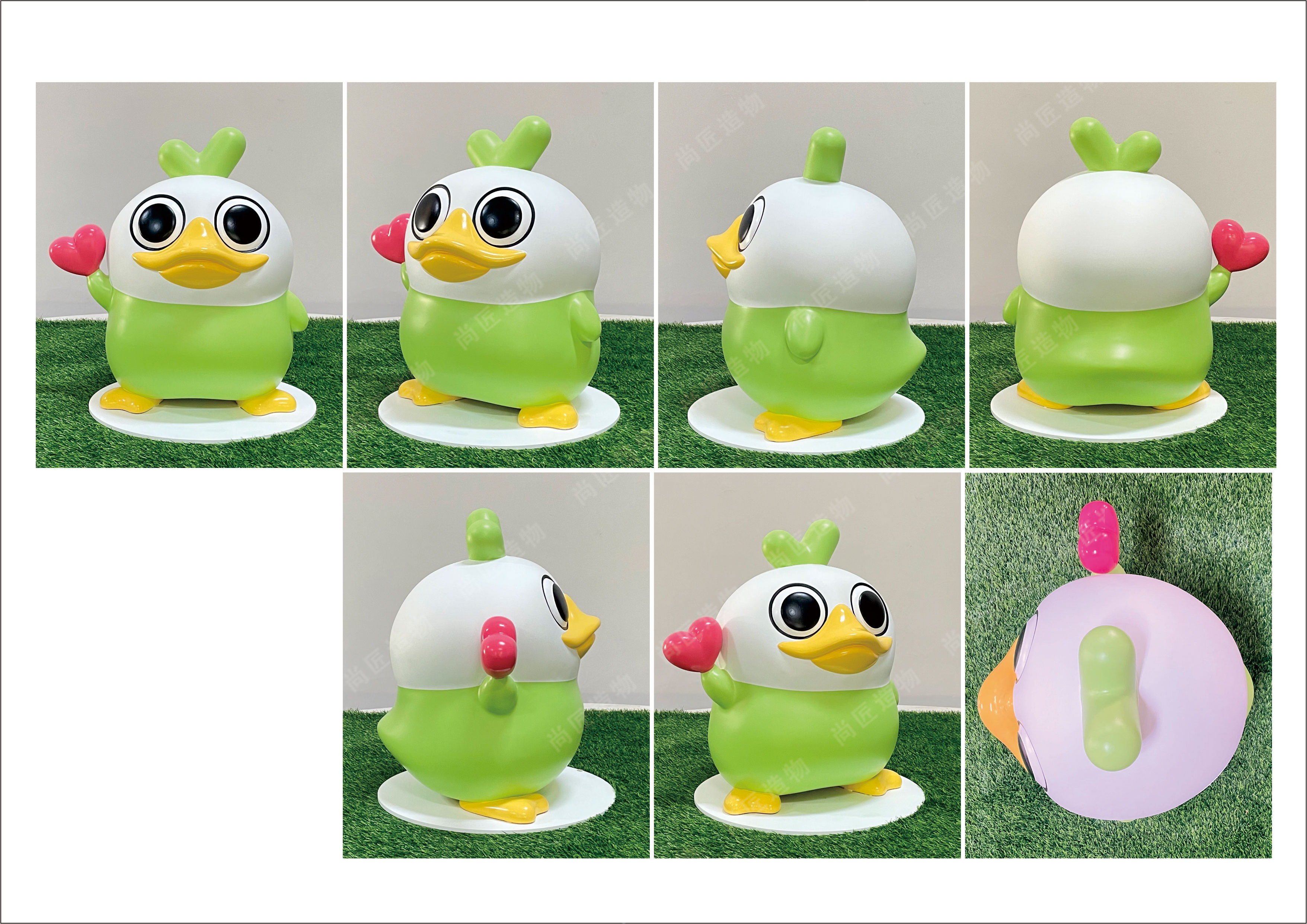
How Merchandise Shapes Community-Driven Art Stories
Merchandise-inspired public art transforms everyday commercial objects into tools for collective storytelling, grounding abstract cultural values in tangible forms. By recontextualizing familiar products—like food packaging, clothing, or household items—artists create visual bridges between consumer culture and local heritage. For example, a Stainless steel sculpture mimicking stacked grocery cans might symbolize a neighborhood’s history as a food distribution hub, inviting viewers to reflect on labor, trade, and shared memory. These installations often emerge from collaborative processes, where residents contribute ideas about which commercial motifs resonate with their lived experiences. Such works democratize artistic narratives, allowing communities to reinterpret mass-produced symbols as emblems of their unique identity. This approach not only preserves cultural continuity but also sparks dialogue about how universal consumer imagery adapts to reflect hyperlocal contexts. As these artworks populate parks, streets, and transit hubs, they turn passive urban spaces into stages for ongoing, participatory storytelling.
Public Art as Evolution of Commercial Design Aesthetics
The integration of merchandise-inspired elements into public art reflects a broader shift in design philosophy, where commercial aesthetics are reinterpreted as tools for cultural expression. Historically, commercial design prioritized functionality and brand recognition, but artists now repurpose these visual languages—logos, packaging motifs, and product silhouettes—to create works that resonate with shared experiences. For instance, IP character sculpture installations reimagine mascots as community symbols, blending nostalgia with social commentary.
| Design Era | Key Influence | Public Art Adaptation |
|---|---|---|
| Early 20th Century | Industrial Branding | Monumental sculptures mimicking product forms |
| 1980s-2000s | Consumer Culture | Murals incorporating advertising typography |
| 2010s-Present | Digital Retail Aesthetics | Interactive installations using AR product visualizations |
This evolution traces back to movements like Pop Art, which first elevated everyday objects to artistic subjects. Today’s public artists build on this legacy, transforming commercial motifs into accessible narratives. By retaining familiar design elements—such as color palettes from retail packaging or geometric patterns from brand architecture—these works bridge the gap between commercial appeal and civic engagement. The result is urban art that feels both recognizable and revolutionary, inviting viewers to reconsider the cultural value of design traditions rooted in commerce.
Cultural Identity Expressed via Merchandise-Inspired Works
Merchandise-inspired public art often serves as a visual language for communities to assert their cultural uniqueness. By reworking commercial designs—like logos, packaging, or advertising motifs—artists infuse local traditions, histories, and values into accessible urban installations. For example, a mural in New Orleans might reinterpret a popular beverage brand’s imagery to incorporate jazz-age patterns or Creole symbolism, grounding globalized visuals in regional identity. Similarly, street sculptures in Tokyo have transformed anime-themed merchandise into monuments that celebrate both pop culture and Japan’s craftsmanship legacy.
These works act as bridges between mass-produced aesthetics and hyperlocal storytelling. When a shopping cart is redesigned as a kinetic sculpture featuring indigenous weaving techniques, or a billboard becomes a collage of ancestral folktales, everyday commercial forms evolve into markers of collective memory. This practice not only democratizes art by placing it in high-traffic areas but also sparks conversations about how consumer culture can coexist with—rather than overshadow—cultural preservation. By embedding heritage into familiar retail-inspired formats, such installations make cultural narratives relatable to diverse audiences, fostering pride without alienating those unfamiliar with traditional art forms.
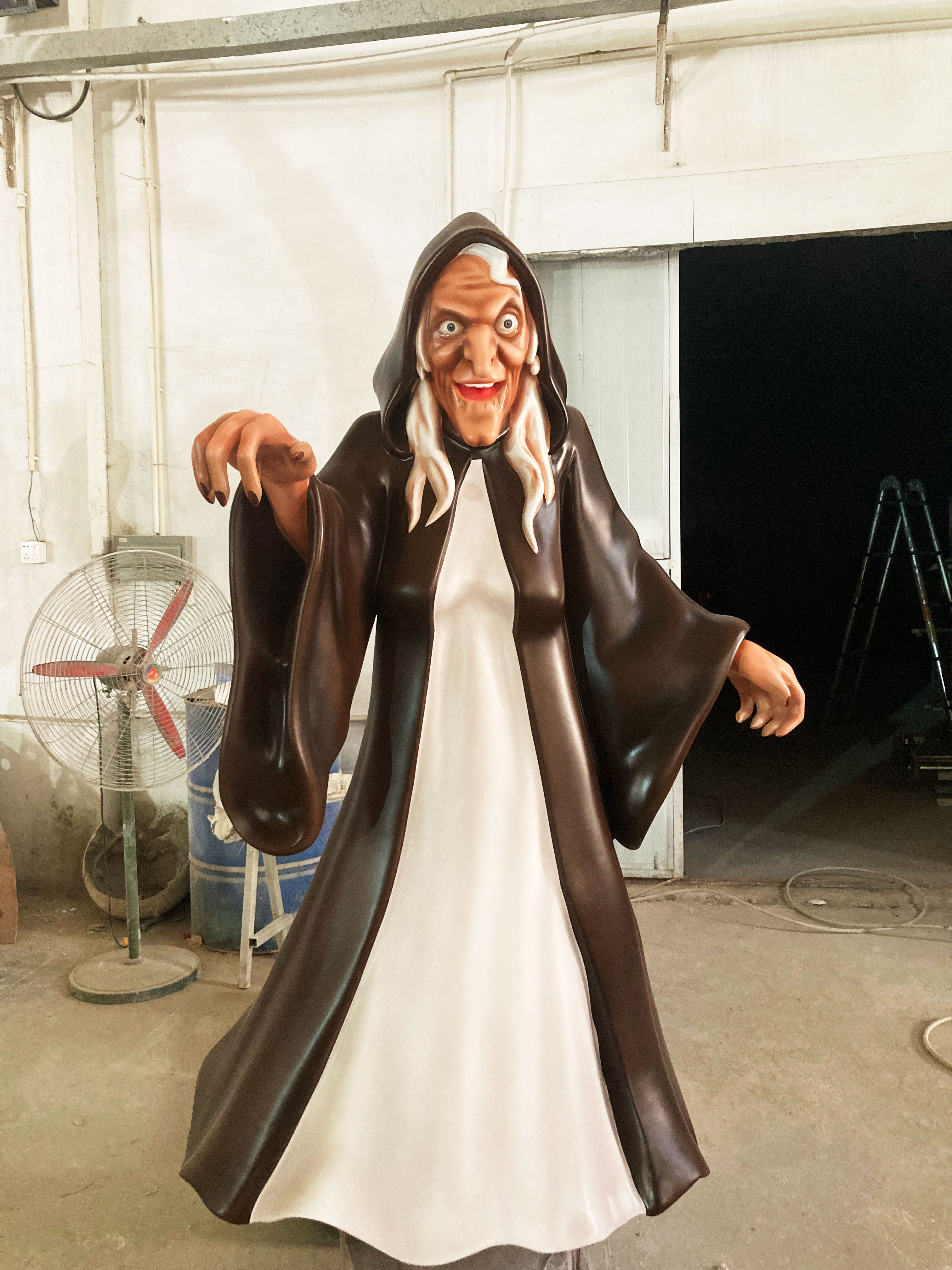
Accessible Storytelling Through Retail-Inspired Installations
Retail-inspired public art democratizes cultural narratives by repurposing familiar commercial imagery into universally recognizable installations. These works leverage everyday objects—such as oversized product replicas, reimagined packaging motifs, or interactive displays mimicking storefronts—to spark immediate connections across diverse audiences. By embedding local histories or social commentaries into designs that mirror mass-market aesthetics, artists create entry points for viewers who might otherwise feel disconnected from traditional art spaces. A sculpture mimicking a grocery aisle, for instance, could layer regional agricultural traditions into its design, while a neon sign installation might reinterpret fast-food logos to reflect community migration patterns.
This approach prioritizes physical and intellectual accessibility. Installations are often placed in high-traffic areas like parks, transit hubs, or shopping districts, eliminating barriers to engagement. The use of retail-inspired visuals acts as a visual shorthand, inviting interpretation without requiring specialized art knowledge. Such works foster collective storytelling by allowing viewers to "read" cultural messages through the lens of shared consumer experiences, transforming mundane commercial references into mirrors of communal identity.
Transforming Consumer Goods into Artistic Cultural Dialogues
Public art derived from everyday merchandise recontextualizes familiar objects to spark conversations about shared values and histories. By elevating mass-produced items—such as food packaging, clothing, or household tools—into sculptural forms or interactive installations, artists create visual bridges between commercial culture and collective memory. For instance, oversized replicas of local agricultural tools displayed in urban plazas might honor regional farming traditions while critiquing modern industrialization. These works often rely on universally recognizable symbols to engage diverse audiences, allowing viewers to reinterpret mundane items through cultural or environmental lenses.
This practice builds on earlier movements like Pop Art but shifts focus from consumer critique to community storytelling. A mural incorporating faded brand logos from a neighborhood’s shuttered businesses, for example, could preserve narratives of economic change while inviting reflection on gentrification. Such projects balance artistic innovation with accessibility, using familiar visual language to democratize complex themes like sustainability or cultural preservation. By transforming disposable goods into enduring artworks, creators challenge perceptions of value—asking audiences to reconsider how everyday objects shape identities and connect generations.
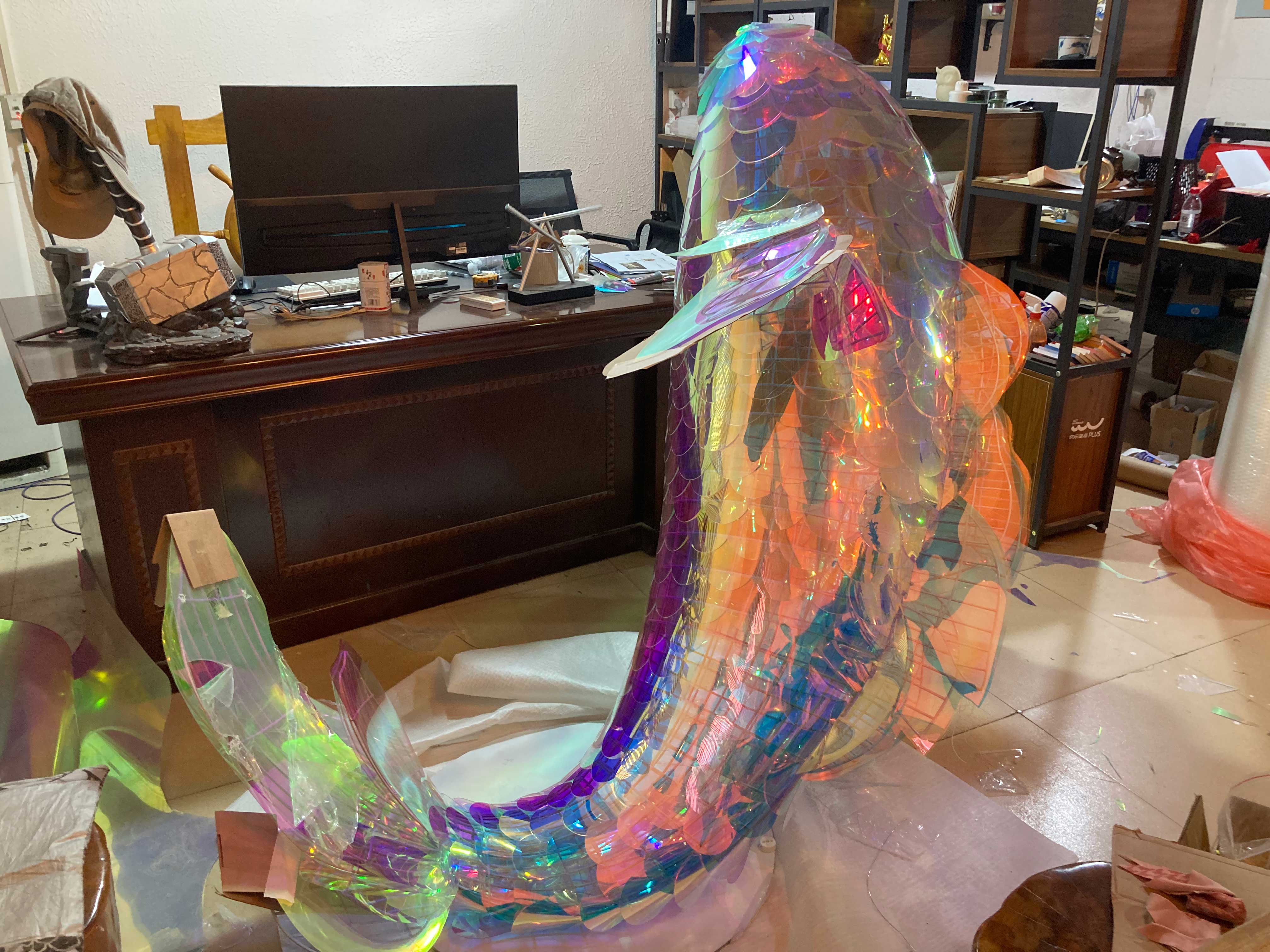
Conclusion
As we have seen, merchandise-inspired public art offers a unique lens to examine how commercial designs evolve into cultural touchstones. By reinterpreting everyday products as artistic installations, this movement does more than beautify urban spaces—it sparks conversations about shared values, histories, and identities. Such works act as bridges, connecting the familiarity of consumer goods with the aspirational nature of public art, making complex cultural narratives accessible to diverse audiences.
This fusion of commerce and creativity challenges traditional boundaries, demonstrating that even mass-produced items can carry profound meaning when recontextualized. Cities worldwide are embracing these installations not just as aesthetic additions but as tools for community engagement, fostering pride in local heritage while inviting global perspectives. As the line between commercial design and artistic expression continues to blur, merchandise-inspired art stands as a testament to the enduring power of storytelling—one that transforms the ordinary into a canvas for collective memory and dialogue.
FAQs
What defines merchandise-inspired public art?
This genre transforms commercial products or branding elements into artistic installations that reflect cultural values. Unlike traditional advertising, these works prioritize storytelling over sales, using familiar retail aesthetics to spark public dialogue.
How does this art form differ from conventional public art?
While traditional public art often focuses on historical or abstract themes, merchandise-inspired works directly engage with consumer culture. They reinterpret everyday items—like packaging or logos—into symbols that resonate with shared community experiences.
Why use commercial designs as artistic inspiration?
Retail imagery holds universal recognition, making it an accessible bridge for cultural commentary. By repurposing corporate visuals, artists critique or celebrate societal relationships with consumerism while inviting viewers to reconsider mundane objects as narrative tools.
Can these installations foster community connections?
Yes. Projects often incorporate local histories or traditions into commercial motifs, creating hybrid narratives. For example, a sculpture mimicking a product label might integrate regional folklore, turning a global brand’s identity into a hyperlocal storytelling device.
Are these works permanent fixtures?
Installations vary—some occupy spaces temporarily during festivals, while others become landmarks. Their lifespan often depends on community engagement, with interactive pieces encouraging ongoing public participation to evolve their meanings.
Do artists collaborate with brands for these projects?
While some works operate independently, others involve partnerships. Ethical collaborations ensure artistic integrity remains central, with agreements often prioritizing cultural impact over commercial promotion.
 ch
ch English
English

